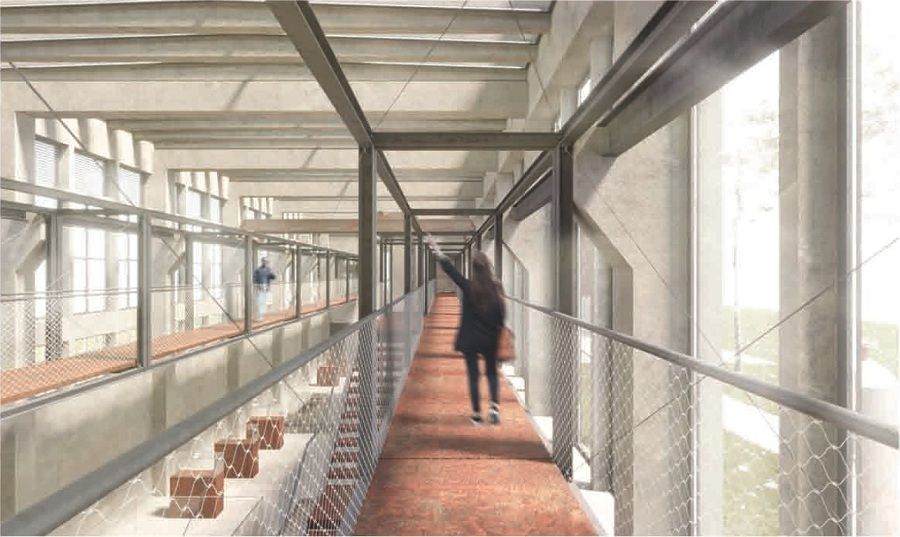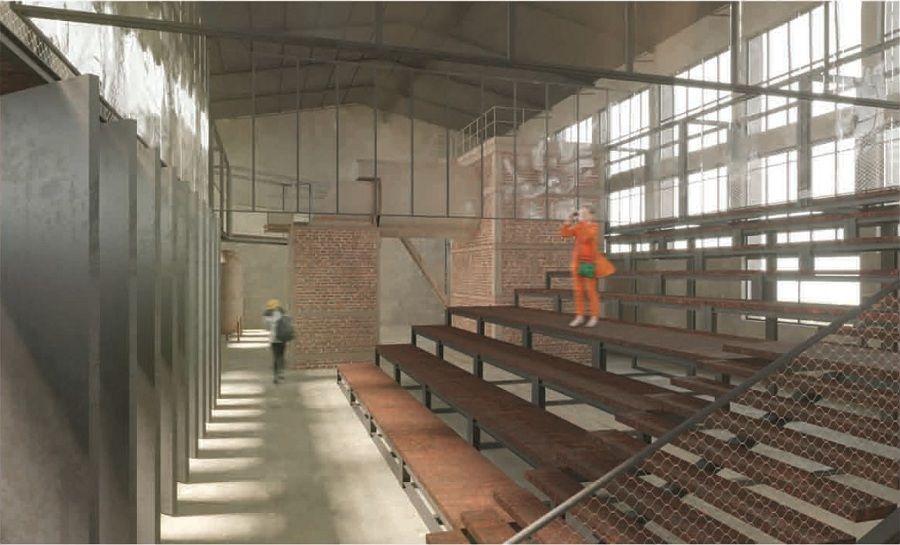The proposals for the development of the Segestika-Siscia Archaeological Centre have been presented in Sisak. There are four proposals which have been submitted as part of the public competition announced by the town authorities, and the expert jury decided that the best proposal is the one designed by Sara Jurinčić, Aleksandar Matijašević, Dino Mišković and Tatjana Barišić-Antolić, reports Lokalni.hr on November 17, 2018.
The town authorities announced the public competition for the purpose of obtaining the best possible urban planning and architectural solution for the Segestika-Siscia Archaeological Centre, which will serve as a basis for drafting the project documentation for the reconstruction of the centre building.
“Two years after we bought the building for two million kuna, we have reached the stage that the Ministry of Culture will fund the drafting of the project documentation. We have published a public competition which produced the best solution and it is nice to see that our vision will finally be realized.

In this way, Sisak will get an archaeological heritage interpretation centre like no other in Europe, not only because it will be energy efficient but because it will bring together all the segments, from the research on the site from the presentation of the findings. Across the road from the centre is one of the most important archaeological sites in Croatia.
The archaeological treasures found in Sisak are currently not presented in an appropriate way and this will fix that. The town will get new jobs, experts who will come to our town and explore its archaeological heritage. I am particularly pleased that the winning proposal includes the chimney which will be turned into an observation viewing point. Together with the Ministry of Culture, we will nominate the project for EU funding,” said Sisak Mayor Kristina Ikić Baniček.
The main goal of the winning proposal is to bring the centre closer to the users, said team member Aleksandar Matijašević. “Our goal was not to create a closed building which does not communicate with the surroundings but to create several entry points. The visitors who will come to the centre will be able to see the entire building,” Matijašević said.

The head of the Sisak Conservation Department, Ivana Miletić Čakširan, pointed out that archaeological findings in Sisak deserved such a project, which is unique in that the interpretation will take place on the archaeological site itself.
Parts of Sisak were built directly on the ruins of the Roman Siscia and the prehistoric Segestika, and the archaeological significance and potential are of such a scale and complexity that partial presentations are insufficient in terms of interpretation of the archaeological area.
By interpreting the Segestika-Siscia archaeological area in the industrial buildings of the Segestica factory complex, the project will interpret the remains of the Roman architecture in the archaeological park and create a multifunctional archaeological centre.
For more news on Sisak and the surrounding area, click here.







